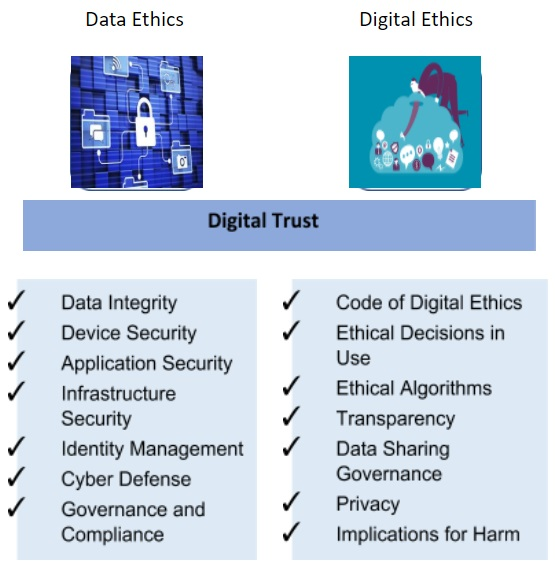Law-Tech | 12 Feb 2021
This article is based on “How tech can transform law enforcement” which was published in The Hindustan Times on 12/02/2021. It talks about how technology can help law enforcement agencies.
Police forces have the critical responsibility of maintaining law and order among citizens. They are responsible for ensuring citizen safety without disrupting their daily lives. Maintaining the balance between being vigilant and being obtrusive is a challenge that the police forces face quite often.
Another challenge for the police is monitoring a large population for potential threats. In India, the police to population ratio is less than 150 per 100,000, whereas the United Nations recommends 222 police officials per 100,000 residents.
While more police does not necessarily mean less crime, technology in today’s world can help law enforcement agencies (LEA) perform their duties better and ensure public safety. Moreover, the adoption of technology in their operations can act as a force multiplier.
Advantages of Technology in Law Enforcement
- Citizen-Friendly Policing: Most citizens in India are averse to going to a police station. Technology can help make this interaction more pleasant. For example:
- These digital portals also provide an easy and transparent mechanism to the citizens to register their complaints, provide feedback and track their complaint status.
- Technology can also be used to provide senior police officials dashboard views for their areas of jurisdiction, identify trends, patterns, outliers and take corrective action.
- Leveraging Social Media: The social media interaction can be both “push” — alerts are sent to citizens — or “pull” — citizens access the social media page/handle in order to get the desired information.
- In addition, social media can be used by LEAs to reach out directly to citizens — providing information on traffic jams, how to protect against cybercrime, dispelling rumors, countering fake news.
- Crime Detection: Technology can effectively help get a digital footprint of the criminal. Artificial Intelligence (AI) can be used to match fingerprints, facial images, analyze CCTV footage and recognize vehicle number plates.
- Big Data can be used to integrate data from multiple sources such as social media tools, financial institutions, travel records, hotel stays, CDRs and criminal records. This can help create a 360-degree view of the criminal and draw linkages between criminal associates.
- Crime Prevention: Big Data can play a major role as it can be used to identify crime patterns and hot spots. AI can be used to draw correlations between the type of crime, time, location.
- Improving Efficiency: Technology can address gaps associated with hiring, training, postings of LEAs, thereby ensuring a more “balanced” and effective organization.
- Similarly, key performance indicators such as the time taken to file a charge-sheet, types of crimes solved, time is taken to address complaints, citizen feedback scores can be used to determine an officer’s performance in a more objective manner.
- Real-time Integration: The five pillars of the criminal justice system are police, courts, prosecution, jails and forensics. Countless man-years are lost in taking physical files from one place to another.
- Real-time integration between the information technology systems of these pillars will help in reducing duplicate data entry and errors.
- This will significantly increase the efficiency of our LEAs and, at the same time, drastically reduce the time taken to provide justice.
Way Forward
- Police Reforms: Technology can aid the LEAs’ functioning to a great extent, but cannot completely become a replacement for the human element.
- Therefore, technology adoption needs to be corroborated by long-pending police reforms.
- Tackling Side-Effects of Technology: Technology usage faces issues like privacy, police versus community concerns, data retention and public disclosure policies, and financial considerations.
- In this context, it is the duty of the state to expedite the enactment of the Personal Data Protection Bill 2019 and DNA Technology (Use and Application) Regulation Bill, 2018.
- Further, debate and deliberations regarding these issues must be put in the public domain in a transparent manner.
- Digital Trust Framework: There is a need to imbibe Digital ethics, which is a broader framework that includes technology, transparent data and digital ethics to create digital trust in society.
Conclusion
New digital technologies are transforming the ways police protect and serve, allowing agencies to prevent crimes more effectively and solve crimes faster.
There is a need for keeping pace with technologies that assist law enforcement globally and adopt them, as suited to the Indian environment.
|
Drishti Mains Question The adoption of technology can act as a force multiplier for law enforcement agencies. |
This editorial is based on “Origin and spread: On the source of SARS-CoV-2” published in The Hindu on February 11th, 2020. Now watch this on our Youtube channel.

